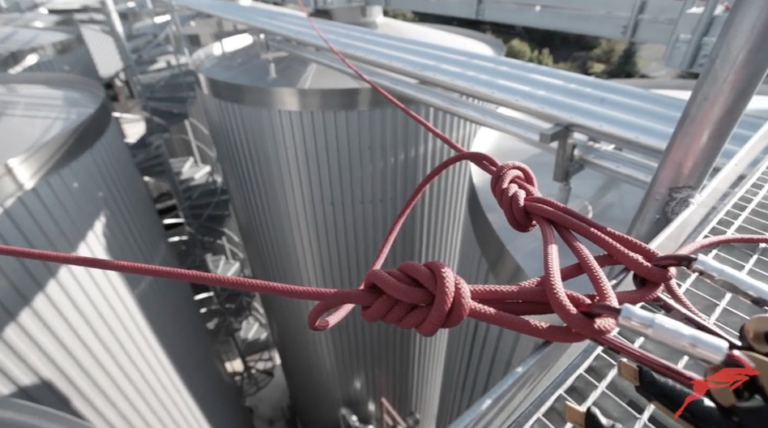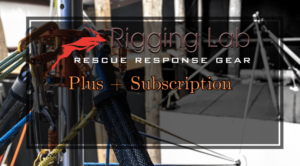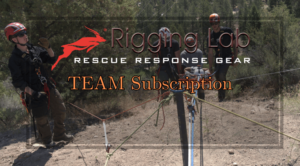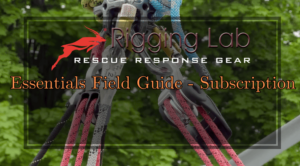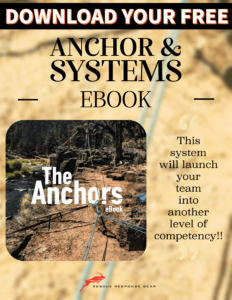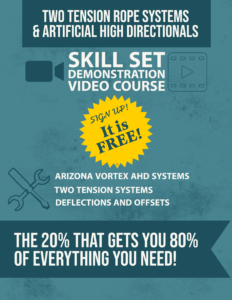When it comes to technical rope rescue, understanding equipment classifications and national standards is essential. One area that often raises questions is the use of NFPA G-rated rope—a designation set by the National Fire Protection Association for life safety rope. To simplify your decision-making and training, here’s a clear breakdown pulled directly from the Rigging Assistant conversation, connecting you to the gear, standards, and knowledge you need.
What Does “G-Rated” Mean?
The NFPA 2500 standard (formerly 1983) outlines classification criteria for life safety rope and other equipment used in technical rescue. G-rated (General Use) ropes are designed for the highest loads and critical rescue situations. These ropes meet minimum strength and elongation requirements for general technical rescue operations.
Recommended G-Rated Rope Options
-
The first NFPA G-rated 11 mm rope made with traditional fibers
-
Stronger, lighter, and more compact
-
Superior knotability for practical use in demanding conditions
-
Meets NFPA 1983 spec for floating water rescue throwlines
-
Dyneema core and polypropylene sheath
-
Excellent visibility and buoyancy
Understanding the Standards
Rope Rescue Guide to NFPA 2500
This blog breaks down what the new NFPA 2500 standard means for rope rescue professionals. It outlines classifications, requirements, and how these affect equipment selection and training.
Structured Learning Path
If you’re looking to improve your working knowledge and practical application of G-rated rope in rescue systems, follow this training roadmap:
-
Step 1: Review the CMC G11 Lifeline for rope characteristics and performance specs.
-
Step 2: Read the Rope Rescue Guide to NFPA 2500 for full context on the standards.
-
Step 3: Get hands-on experience using G-rated ropes in real or simulated rescue setups—focus on knot performance, compatibility with devices, and stretch under load.
Why It Matters
NFPA G-rated ropes are not just stronger—they are purpose-built for scenarios where gear failure is not an option. Knowing the rating, construction, and application ensures you’re making gear choices that align with best practices and safety standards.
For more gear solutions and expert training support, the Rigging Lab Assistant connects your gear questions directly to trusted knowledge—right when you need it.
Peace on your Days
Lance

